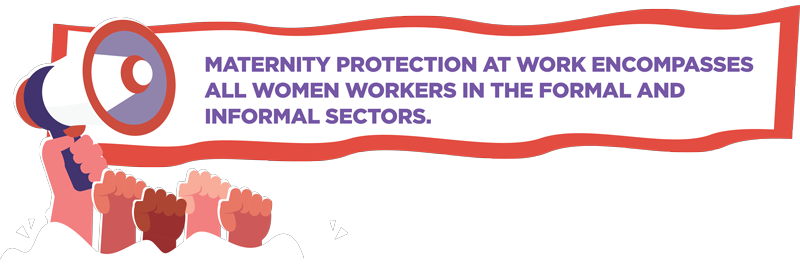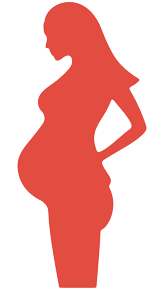What is maternity protection and breastfeeding at work?
These are a series of measures which when put in place preserve the health of mothers and their newborn babies. They are also intended to provide some economic security to the women concerned and their families.

The five key elements of maternity protection at work are:
- Maternity leave: the right of women to be given time off from work during pregnancy, childbirth and the postnatal period.
- Cash and medical benefits: the right of mothers to continue to receive their pay during maternity leave and to have access to medical care during pregnancy, childbirth and the post-natal period.
- Health protection at the workplace: for the mother and her unborn child during pregnancy as well as during the breastfeeding period.
- Employment protection and non-discrimination: women workers must enjoy employment protection and have the right to go back to their jobs or an equivalent job with the same salary once their maternity leave is over. Moreover, women may not be discriminated at the workplace or when looking for work because of their reproductive function.
- Measures to facilitate breastfeeding: these are designed to allow women to breastfeed or to pump and store their breast milk at the workplace once they return to work.

